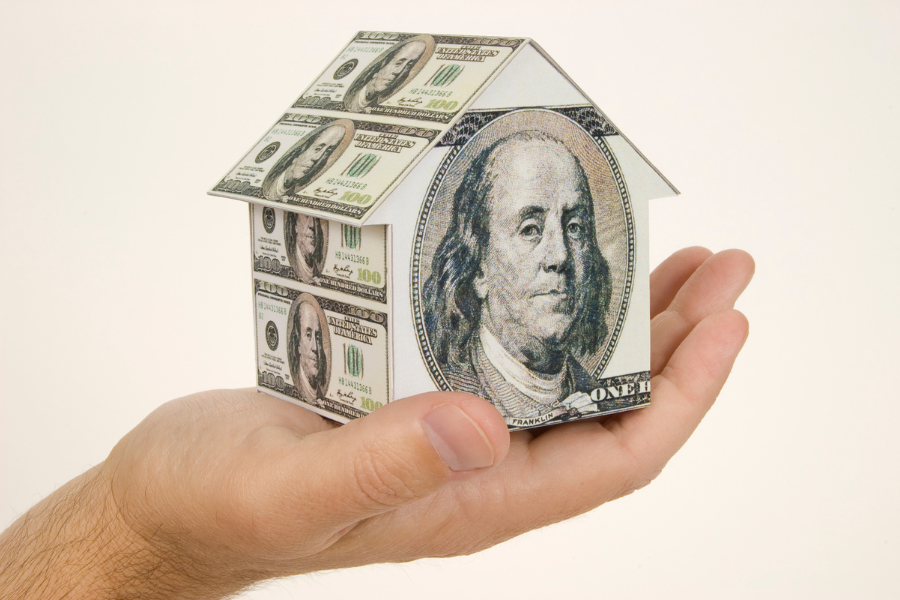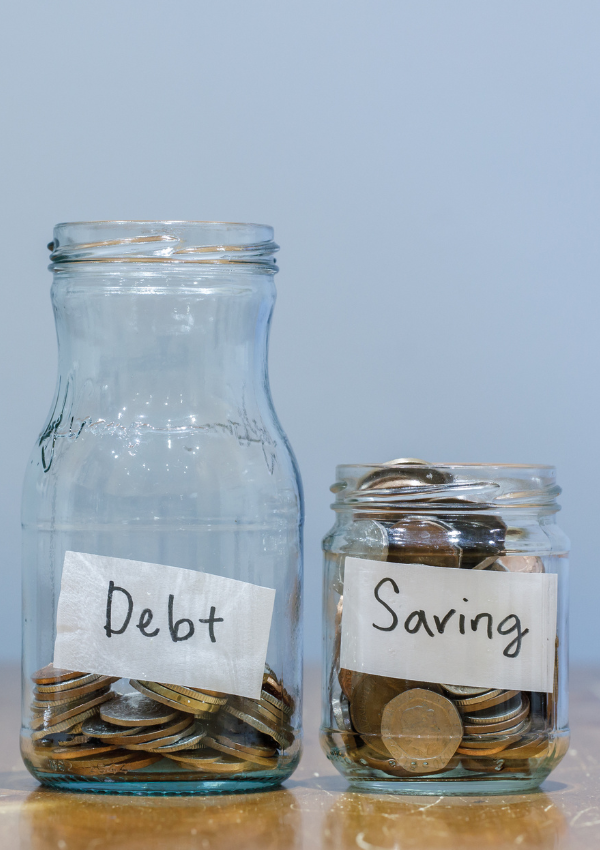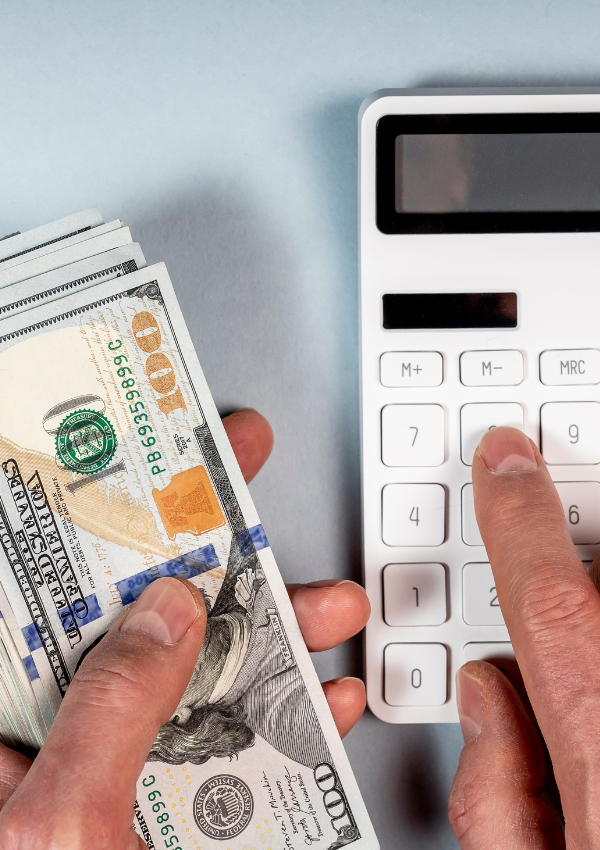Home Equity is also known as a HELOC. Do you know what a HELOC is? Spelled out, it is a Home Equity Line of Credit. This is a line of credit, similar to a credit card, but it uses your house as the credit. If you have paid off quite a bit, or all of your mortgage, this can be a simple way to get fast cash. I, personally, used one to borrow money to start my real estate business. Let’s dive into how it works, the pros, and the cons, and see if it can work for you.

How It Works
Each bank is a little different, so make sure you check with your lender first on their specific rules and regulations. HELOCs usually have a set time frame in which they have the line of credit available to you, followed by a repayment period. In my instance, I have a line of credit available to me for ten years. Once the ten years is over, the credit line closes and whatever balance remains enters a 20-year repayment schedule. The interest rate is determined by the market rate at that time. I have seen other HELOC products where the line is available for five years, and the repayment is ten years, and I have seen a bank where the line is available for 20 years and the loan repayment is due in ten years, so again, make sure you check with your lender on their specific terms. Additionally, there are closing costs associated with the line. My bank covered the closing costs (around $1,000), but if I decide to close the line of credit within three years, I owe the closing costs back.
Eligibility Amount
Banks determine your eligible amount for the line of credit, based on the value of the home, and the amount remaining on your mortgage. Let’s use my loan as an example. The bank I used will loan up to 85% of the value of the home, minus the amount remaining on my mortgage. They sent out an appraiser to estimate the current value. I was given the option to have them do a quick appraisal by just checking the outside of the house, or to do a full interior appraisal. As I have done no updates to the interior since purchasing, I opted for the quicker option. They returned the appraisal at $170,000. 80% value of $170,000 is $144,500. I had a mortgage remaining of $100,500 at the time, so my approved HELOC amount was $44,000.
| Appraisal | $170,000 |
| $170,000 x 80% of value | $144,500 |
| Lesser the mortgage (-$100,500) | $44,000 |
After Approval
Once I was approved, the bank created a new account for me on my homepage with $44,000 available in credit. Once I withdraw money from the account, I begin to owe interest on the total amount withdrawn monthly. The interest rate is variable based on when I withdraw the funds, and I have an introductory rate of 1.99% for the first 6 months. I can pay back extra if I choose with no penalties. If I do not withdraw any money, it remains in the account, and I pay no monthly rates or fees.

Pros of HELOCs
- They are fairly simple. After a couple of trips to the bank, a two-week wait, and some signatures, I easily had access to $44,000
- Borrowing flexibility. Within the amount you were approved for, you can borrow as much of or as little as you need. I could have taken out $44,000 or $4. You only pay interest on the amount that you borrow.
- Lower interest rate. Historically, HELOC’s have a lower interest rate than a personal loan because it is leveraged against your house.
- It MIGHT be tax deductible. Notice the might. If you are using the HELOC for home improvement, it can be tax deductible. For anything else, this is not a pro.
Cons of HELOCs
- Your home is at risk. This is probably the biggest one and one you really need to consider. I mention in the pros that the loan is leveraged against your house. That means, if you fail to pay, the bank could foreclose on your house.
- The interest rate is variable. Interest rates are on the rise right now, so depending on when you withdraw the money, your rate can be higher than when you signed up for the HELOC.
- Home equity is decreased. You are borrowing from the equity on your home. That means, the equity amount is reduced by whatever amount you withdraw. If you take the whole amount and the market tanks, between your mortgage and HELOC, you could owe more than your home is worth.
Conclusion
Only take out a HELOC if you are financially stable, good at repaying debt, and in a position to make the loan payments. If you fail to do so, it could be at the risk of your house. Make sure you heavily weigh the pros and cons before making a decision. If you need some extra money and the HELOC sounds right for you, it is a great, simple way to have available cash on hand. I just want to reiterate again, please check with your bank first. Closing costs, interest rates and terms can all vary, so speak with a lender before you determine if this loan is for you!





